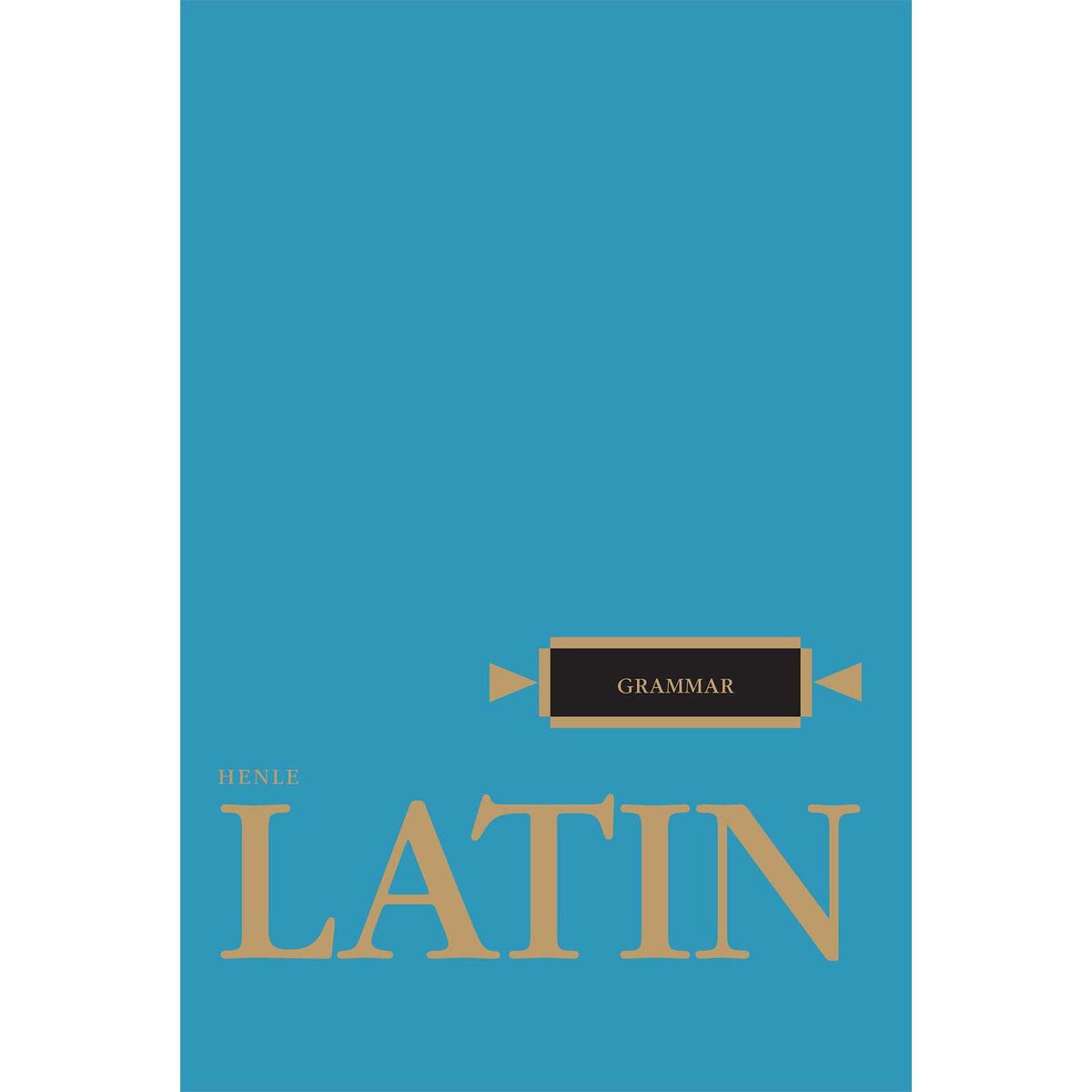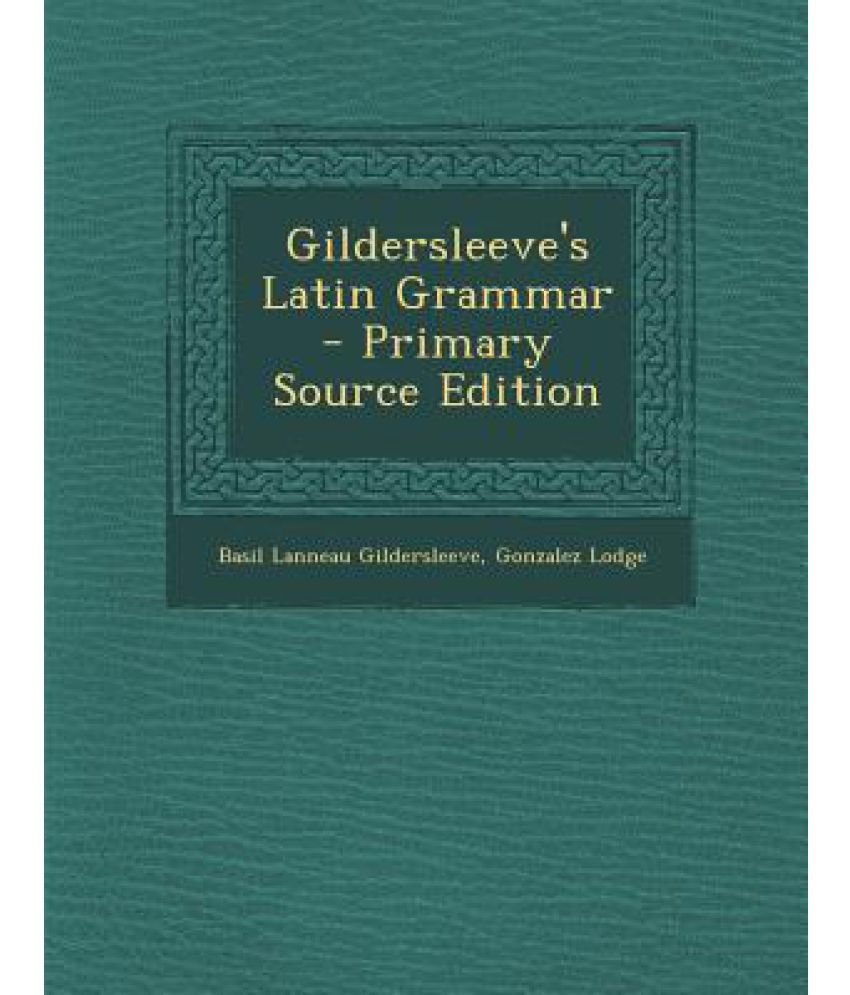

#Latin grammar dum with aliquis how to
The reason introductory Latin textbooks distinguish between the two is because it is believed to help beginners learn how to pronounce Latin correctly.

When written in upper case both the vowel and the semivowel are written like a capital â Vâ.įor example, in the word âiuuenisâ (line 5 of the play), the first â uâ is a vowel, while the second is a semivowel, and it would consequently be spelled âiuvenisâ in most Latin textbooks (like its English derivative âjuvenileâ). The letter â u â: When writing, the Romans did not distinguish between the vowel â uâ and the semivowel that was later written as â vâ (which was pronounced like our âwâ), and the Latin text of the play used in this volume (which is Lindsayâs widely used edition from 1903) therefore uses the letter âuâ for both the vowel and the semivowel.The following points will enable readers of the Latin text of Epidicus to take in their stride most of the quirks of Plautusâs Latin as they appear in this play. The Latin of Plautusâs day is called âEarly Latin â, as opposed to the later âClassical Latinâ that most Latin textbooks teach. This is partly because, between the time of Plautus and the time of Cicero and Caesar, the spelling of some Latin words changed, and partly because poetic Latin retained some variant forms after they had disappeared from Latin prose. Students who read the play in Latin will see that there are a few ways in which this text differs from the Latin introduced in most beginnersâ textbooks. Helpful Information for Reading the Latin Text © 2021 Catherine Tracy, CC BY-NC-ND 4.0


 0 kommentar(er)
0 kommentar(er)
